As the festive season draws near, the chocolate industry is buzzing with heightened demand. Recent trends indicate an increasing preference for chocolates during festivals, replacing traditional sweets. According to a report by IMARC, the Indian chocolate market is poised to grow from $2.4 billion in 2023 to $4.1 billion by 2028. Global brands also want a piece of the pie. Yet, one player has consistently dominated this segment with a 55.9% market share – Mondelez International, the home of Cadbury chocolates.
Cadbury’s Journey in India
Cadbury, a British confectionary company, first set up shop in India in 1948 in Mumbai. The iconic Dairy Milk chocolate was one of the first Cadbury products made available to the Indian market. With its catchy advertisements, Dairy Milk quickly became a household favourite.
In 1994, Cadbury attempted to redefine the way India perceived chocolates. With the launch of the iconic tagline, “Asli Swad Zindagi Ka” (The Real Taste of Life), the brand wanted to shift the focus from chocolates being solely for children to a delectable indulgence for adults of all ages. The 2000s marked another turning point in Cadbury’s journey. They brought Bollywood actor Amitabh Bachchan on board as its first celebrity ambassador to promote Dairy Milk. The famous ‘Kuchh Meetha Ho Jaaye’ (Let’s have something sweet) advertisements proposed Cadbury as a substitute for traditional sweets during festive occasions while also expanding its target group to include rural consumers. To further cement its role in Indian traditions, Cadbury introduced ‘Cadbury Celebrations’ – dedicated chocolate assortments for various festivals.
The brand has faced its fair share of controversies over the years including the recent controversy regarding Bournvita, a ‘health’ drink owned by the brand. The chocolate drink faced scrutiny when a social media influencer, in a viral video, criticized its high sugar content. Cadbury responded with a legal notice, and Bournvita clarified that its formulation had been scientifically crafted by a team of nutritionists and food scientists to offer both taste and health. Despite these challenges, Cadbury retains its popularity and recorded a 16% growth in sales to Rs. 9,296 crores during FY22.
The brand’s 70-year history in India and its ability to evoke a sense of nostalgia continue to play a crucial role in its success. This sentiment was put to test when Swiggy decided to tease the return of Cadbury Bytes, a popular chocolate snack discontinued back in 2011. As Mondelez International took over Cadbury, the decision to de-prioritize low-margin products like Bytes was made. The focus shifted to other iconic products, such as Oreo and Tang, leading to Bytes’ gradual disappearance from stores. On April Fool’s Day, Swiggy added an option to buy Cadbury Bytes on its app. But when people tried to add Bytes to their cart, they received a playful message- “Oops, you just got fooled”. The uproar on Twitter that followed confirmed the enduring popularity of the brand across generations.
Mondelez India faced another test of brand loyalty when they raised the prices of their confectionaries by 3.4-17%, translating to a ₹4-10 per pack increase in absolute terms. This move was made to compensate for the impact of rising cocoa prices. Despite the price increase, the group still managed to achieve double-digit growth in volumes, which is an indication of the price inelasticity and the brand’s loyal base.
Adapting to changing consumer preferences-
Cadbury’s resilience is not merely rooted in nostalgia but also in its capacity to adapt to evolving consumer preferences. Mondelez, in partnership with the Harris Poll, conducted a global consumer trends study examining annual insights on how consumers make snacking decisions. The report, released in January, explored how current economic challenges are affecting consumer snacking choices around the world. It revealed that even during economic challenges, snacking remains a priority for Indian consumers. Snacking has become a respite from worldly issues, with 86% of Indians ensuring room in their grocery budgets for snacks. Additionally, 88% of respondents from India indicated that “sharing snacks with others is my love language.” This highlights Mondelez’s marketing efforts, focused on the festive season, where chocolates are becoming the go-to option for gifting during festivals. The growing acceptance of chocolates as gifts is further enhanced by attractive packaging, consistent quality, and easy availability online. Urban affluence among the youth and high disposable incomes are contributing to this trend.
However, the study also shed light on an interesting aspect of consumer behaviour. While indulgent snacking is a common guilty pleasure, 63% of consumers reported feeling guilty about it. Also, 88% of Indians admitted to checking nutrition labels on snacks before making a purchase. This trend has heightened the focus on healthier alternatives, particularly dark chocolate. Brands like Mars Wrigley have seized this opportunity, launching new ranges like Galaxy Fusions Dark Chocolate. Mondelez, with its Bournville brand of chocolates, also aims to capture this growing segment.
Competitors in the mix
Out of Mondelez’s global revenues of $26 billion, India contributes about $1 billion., largely driven by Dairy Milk chocolates. Mondelez’s competitors in India include Swiss food and drinks giant Nestle, Italy’s Ferrero and homegrown Parle products.
To capture the growing market, the industry leaders are innovating with new flavours, and packaging designs, including seasonal or limited-edition releases to cater to evolving consumer preferences and create excitement around their offerings. The luxury Swiss chocolate brand Läderach recently opened its first exclusive store in India and is looking to open 5-7 stores in the next 2 years. Mars Wrigley India has focused on localizing flavours with the launch of products like Snickers Almond, Snickers cashew, Snickers Kesar-Pista, and Doublemint Paan mint. Nestlé India is also making substantial investments in the chocolate and confectionery sector, allocating around ₹4,200 crores through 2025, including investments in chocolates.
The Path Ahead
Mondelez International has ambitious plans, intending to invest ₹4,000 crores in India over the next four years, with a strong focus on enhancing manufacturing and supply chain capabilities. This investment is three times larger than what they spent in the previous four years. Mondelez International has also introduced its startup accelerator program, CoLab, in India, in collaboration with Huddle, an early-stage VC fund, to work with these early-stage snack brands. This initiative will help the brand to tap into the growing presence of direct-to-customer (D2C) snack brands. In terms of rural presence, Mondelez currently covers nearly 1 lakh villages. This has fuelled the company’s dominance of India’s chocolate market which is worth Rs 15,500 crore.
According to the International Cocoa Organization, India’s per capita chocolate consumption is relatively low, ranging from 100 to 200 grams per year, significantly less than countries like Japan and Europe. This indicates substantial room for further growth in the Indian chocolate market. As the Indian chocolate market continues to grow, Cadbury is well-positioned to maintain its leading position. With many brands eyeing the Indian market, Cadbury must continue to demonstrate its commitment to adapting to changing consumer preferences to ensure that it remains a favourite among Indian consumers for many years to come.










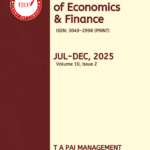
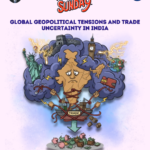


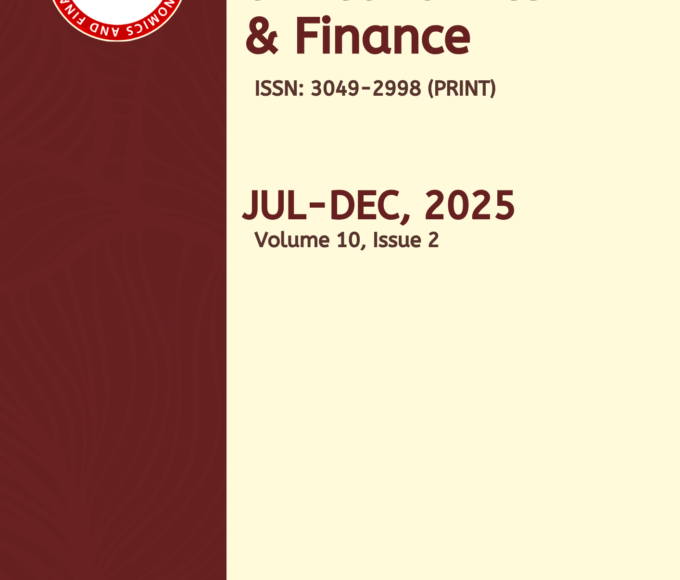
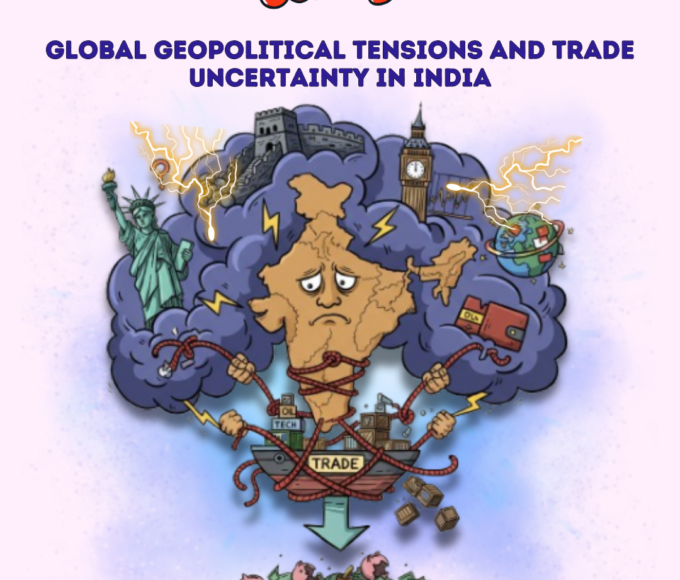
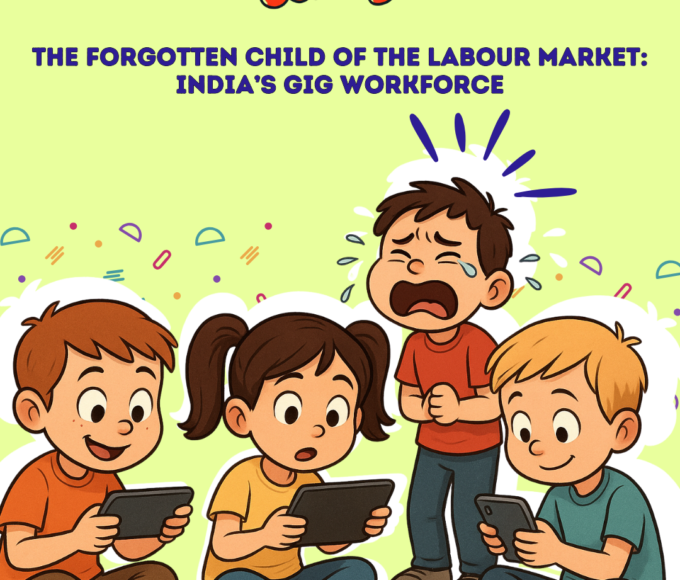
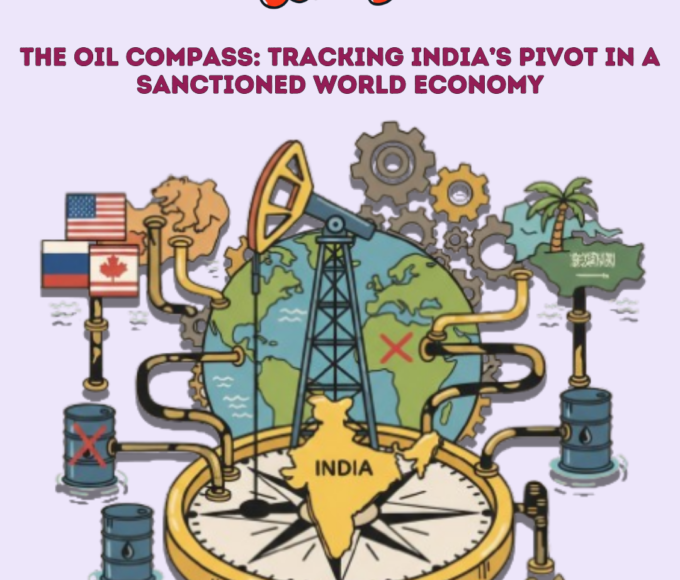
Leave a comment